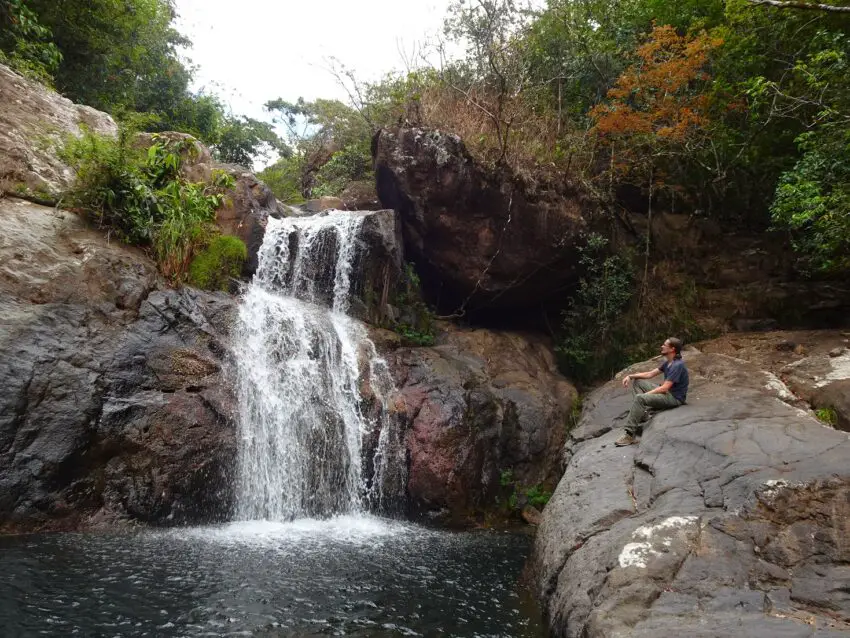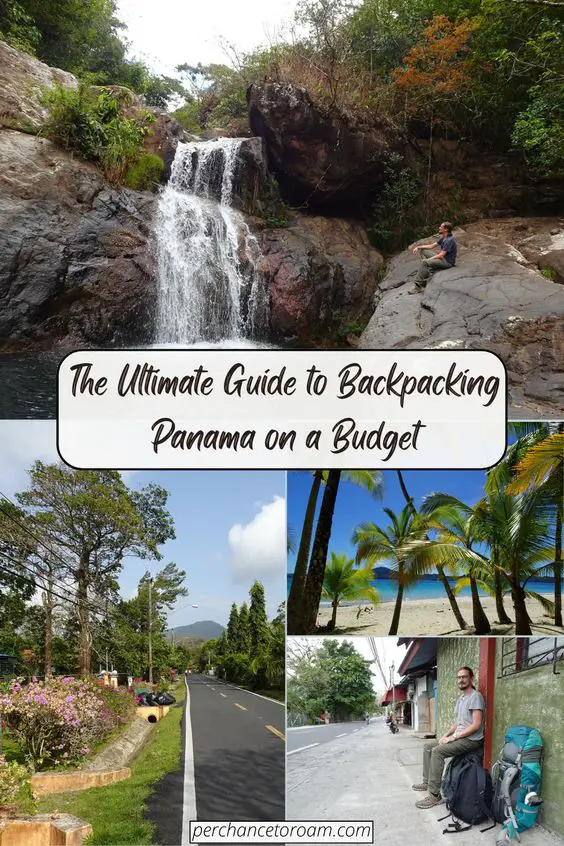After exploring beautiful Panama for four weeks, we have to admit that traveling around the country was not as affordable as we first expected. In retrospect, this makes a lot of sense, as this is Central America’s wealthiest and reputedly most modern country.
That said, as always you’ll be able to cut your costs significantly by knowing the ins and outs of traveling around the country and doing a bit of pre-planning. Here are our personal tips about exploring Panama on a small budget.
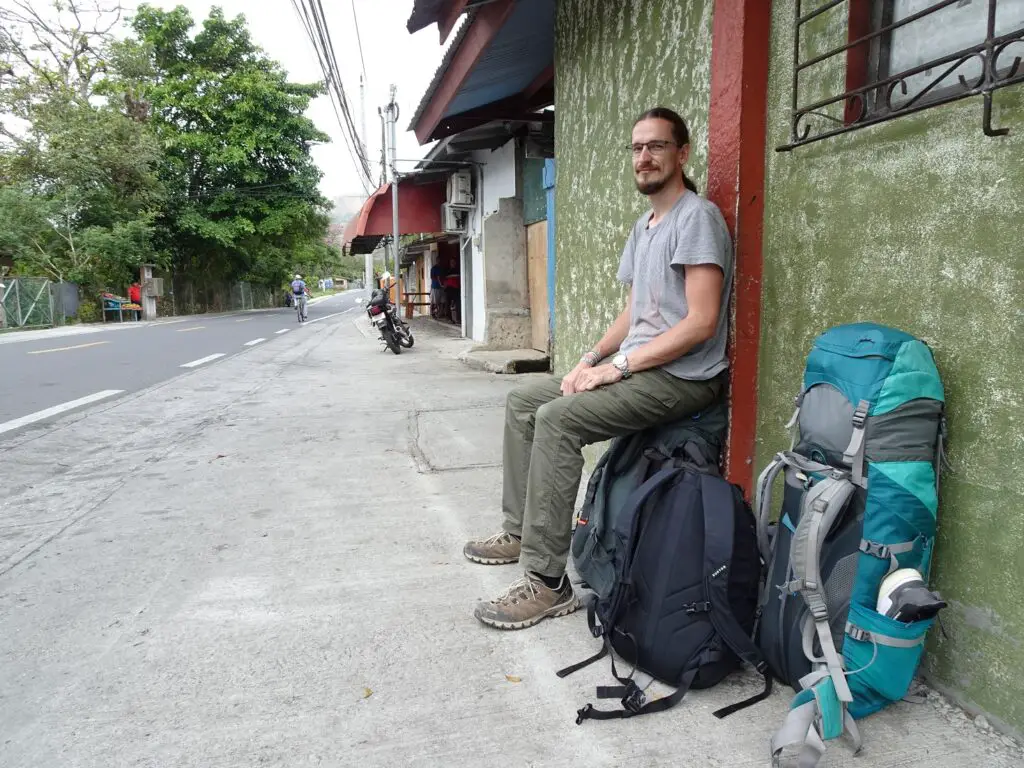
This post may contain affiliate links, and I might earn a small commission at no additional cost to you. For more info, click here.
Exploring Panama on a Budget
Cheap Transportation
Without your own set of wheels, the easiest way to get around the country is by using the country’s well-working bus system. There are frequent connections between both bigger cities (Panama City, David, Cólón) and smaller destinations (Santa Fé, Boquete, Santa Catalina) and it’s usually very affordable (around 5$ for a distance of about 100km).
Apart from that, lots of hostels around the country offer shuttle services to popular places around the country. These are usually more expensive (e.g. about 25$ from Santa Catalina to Boquete), but they’re also a bit faster, and there’s no need to change connections in between, so if your time is more limited than your money, you might want to consider them for longer trips.
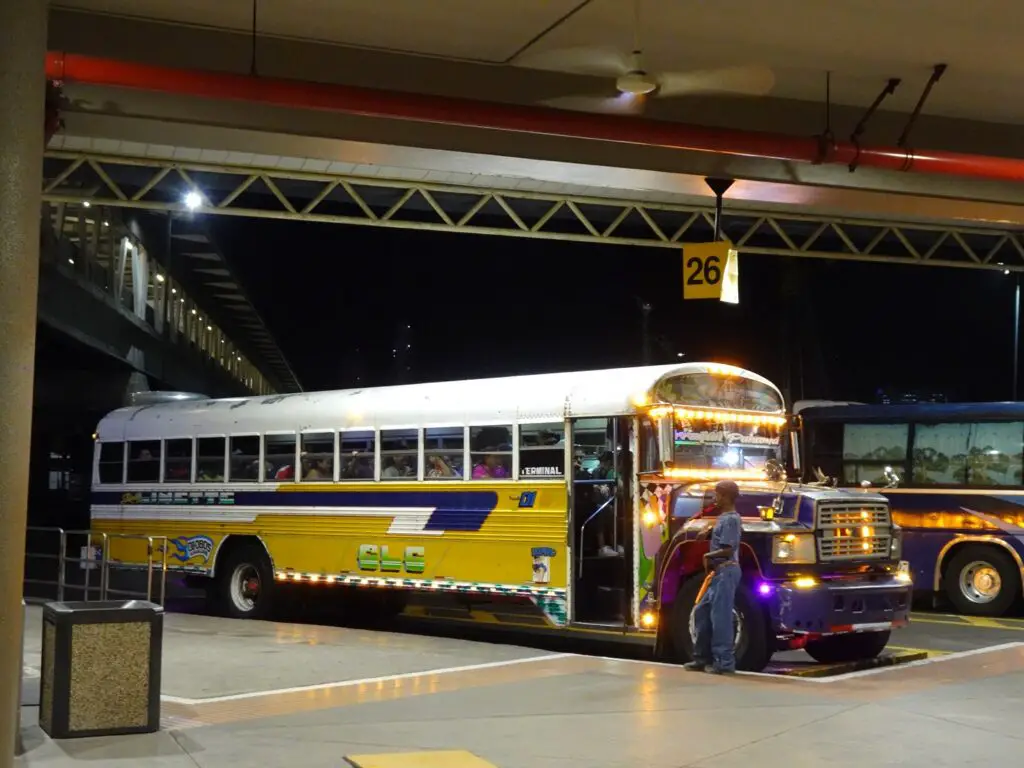
For shorter distances, you can also use the white shared taxis, which have fixed prices. They usually wait near the main bus stations in town, plus all of them have their destinations posted in the front window, so you can also simply wave them down along the road.
Finally, when exploring Panama City, make sure to get a Metro Card, which you can use not only on the subway, but also on the Metro Buses that make their rounds through the city (for instance, if you want to visit the ruins at Panama Viejó). Most trips cost less than 50 Cents, so it’s a lot cheaper than using taxis to get around town.
Budget Accommodation
While you won’t find the same insanely cheap deals you’ll find in Southern and Southeastern Asia, there are still lots of hostels around the country, which usually have both dormitories and very affordable privates available.
Some of our favourite cheap places to stay at in Panama were the Boho Art Hostel in Boquete, the El Machico Hostel in Panama City, as well as the amazing Lost and Found Hostel along the Fortuna Road.
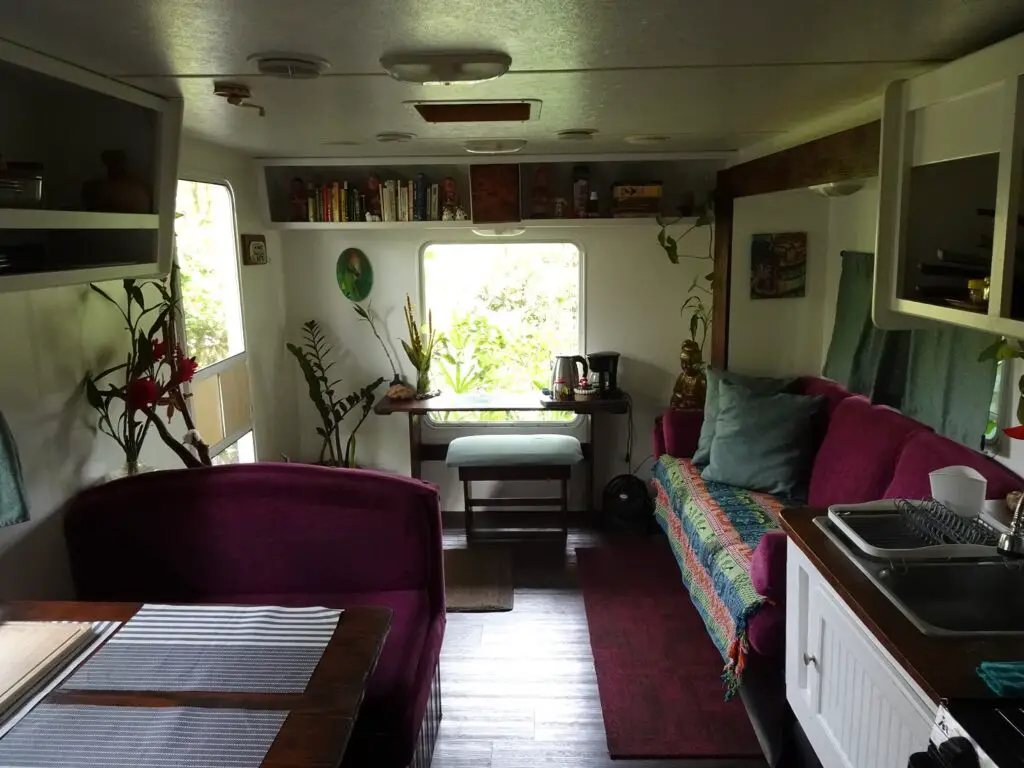
While AirBnB doesn’t seem to be a huge deal in the country (yet?), we found some very nice and affordable places to stay at on the platform, including the Blue Frog Guesthouse in Santa Fé and the Armadillo Shelter in the Valle de Anton.
If you don’t have to pinch your pennies, there are plenty of mid-range hotels to stay at, as well as luxury choices, especially in places like Panama City and the Bocas del Toro Islands.
Affordable Food
Panama has some of the best food we’ve come across in Latin America so far, and the best places to sample it are small fondas (local, usually family-run restaurants). Lots of times, these have set menus (menu del día) available, which are tasty, good value and a great way to try some regional specialties.
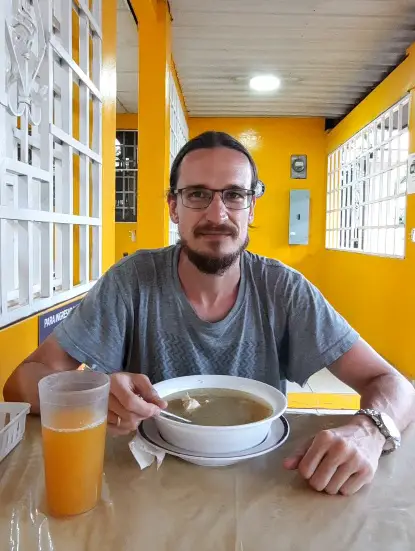
While places like these are easy to find in most towns big or small, it’s a bit harder in the more touristy destinations, where fancier restaurants serving expensive Westernized food dominate the scene. We didn’t come to Panama to eat burgers and pizzas, and if you feel the same, you’ll be delighted to hear that we still managed to locate some affordable fondas between the flashier restaurants.
For some local tastes in more touristy places, try El Chitré or El Buen Sabor in Bocas del Toro Town, The El Sabroson Chain in Boquete, or Restaurante Los Hermanos in the Valle de Anton).
Daily Panama Backpacking Budget
As a couple traveling around the country by public transport, eating at local restaurants and staying mostly in private rooms in hostels and cheap AirBNBs, we spent around 50$ per Person each day.
That said, we weren’t traveling on an absolute shoestring budget on this trip, and if you stay only in dormitories, skip hikes/waterfalls with entry fees etc., you might be able to get by on about 30 to 35$ a day.
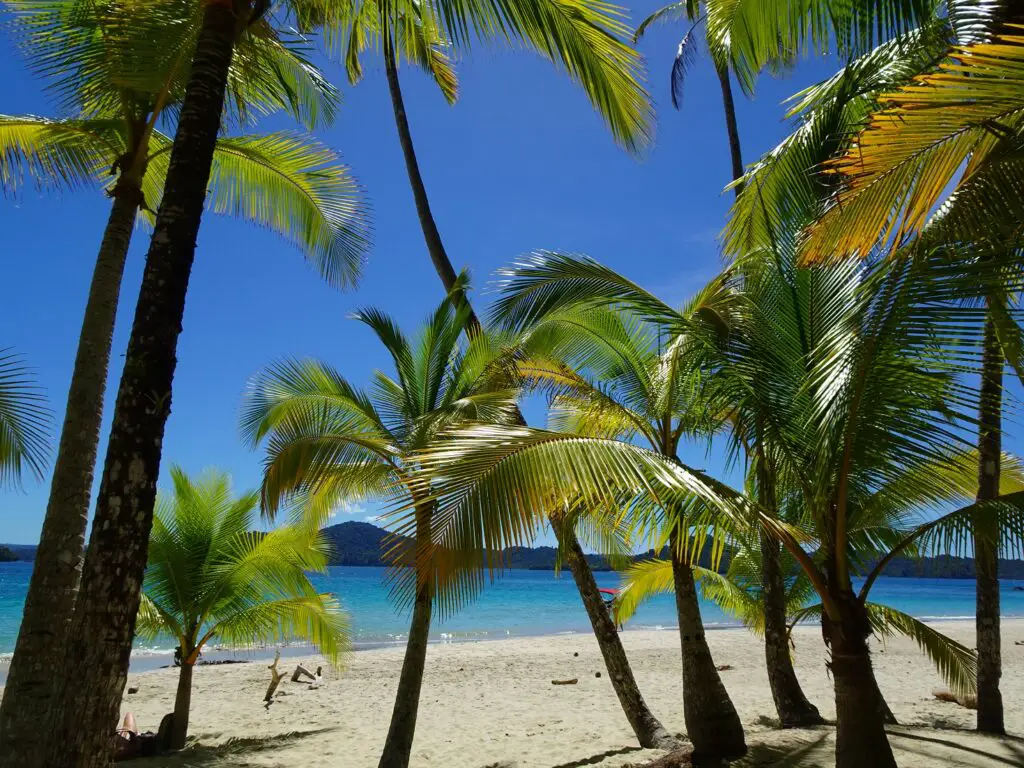
General Travel Advice for Panama
How Long to Stay in Panama
I have a feeling I write this about every smaller country, but don’t be fooled by Panama’s small size, as there are lots of historic towns, beautiful deserted beaches and remote mountain ranges to explore. We spent 4 weeks in the country and still left feeling like we had only scratched the surface.
I’d say 2 weeks is the absolute minimum amount of time you should spend here and if you can afford the time, make it 3 or 4 weeks, to really do some of the more remote places justice.
Check out my detailed three-week itinerary for Panama here.
When to Visit Panama
As a tropical country, Panama experiences a dry season from December to April and a long rainy season from May to November.
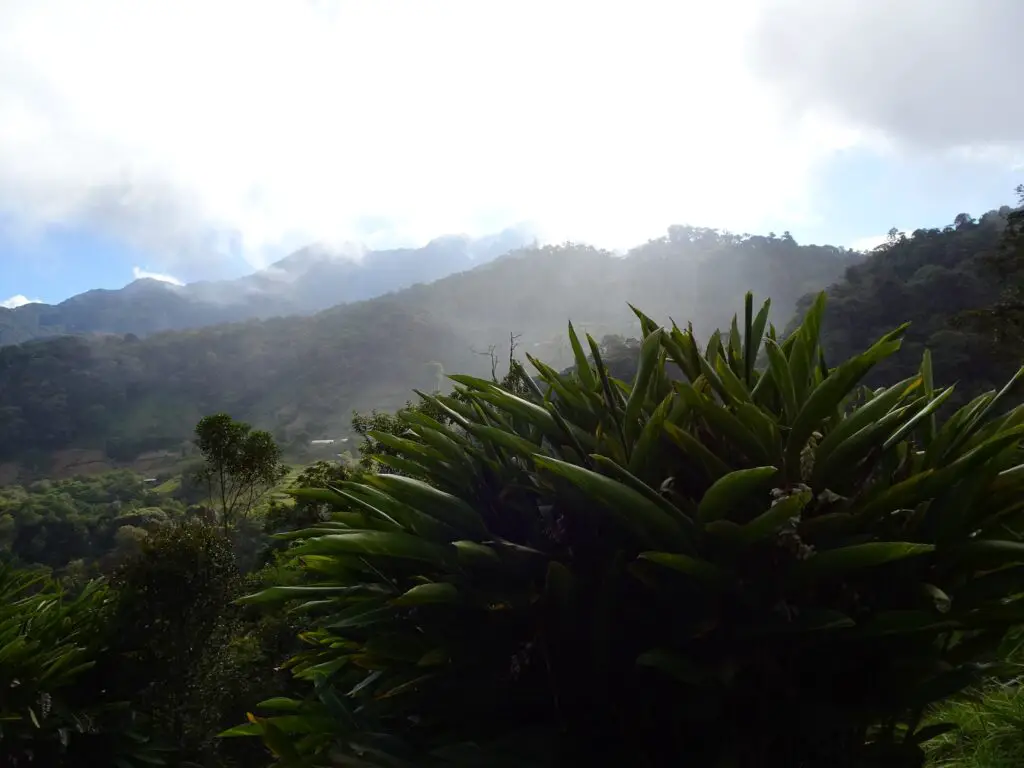
We visited at the height of the dry season in February and March. At that time, the heat in Panama City and near the coast could get quite oppressive, while temperatures in the mountains (Boquete, Santa Fé) were very pleasant and despite the season we encountered the occasional shower.
If you don’t mind the occasional downpour, traveling in the rainy season can have its advantages, too. There will be fewer other tourists, prices will be generally lower, and the country’s many waterfalls will be at their most impressive.
Some Quick Facts About Panama
- Capital: Ciudad de Panama (locals usually just call it Panama)
- Official Language: Spanish (some English is spoken in Panama City and Bocas del Toro)
- Population: approx. 4.4 Million
- Size: approx. 75,000 km2 (29,000 square miles)
- Currency: US-Dollar (locally called Balboa – US Bills are used, while there are different coins)
- Electrical Sockets: Type B
See Also
The Perfect Three-Week Panama Itinerary
Wildlife Spotting in Panama – 18 Exotic Animals and Where to See Them
The 9 Best Hotels in Panama City for Different Travel Styles
